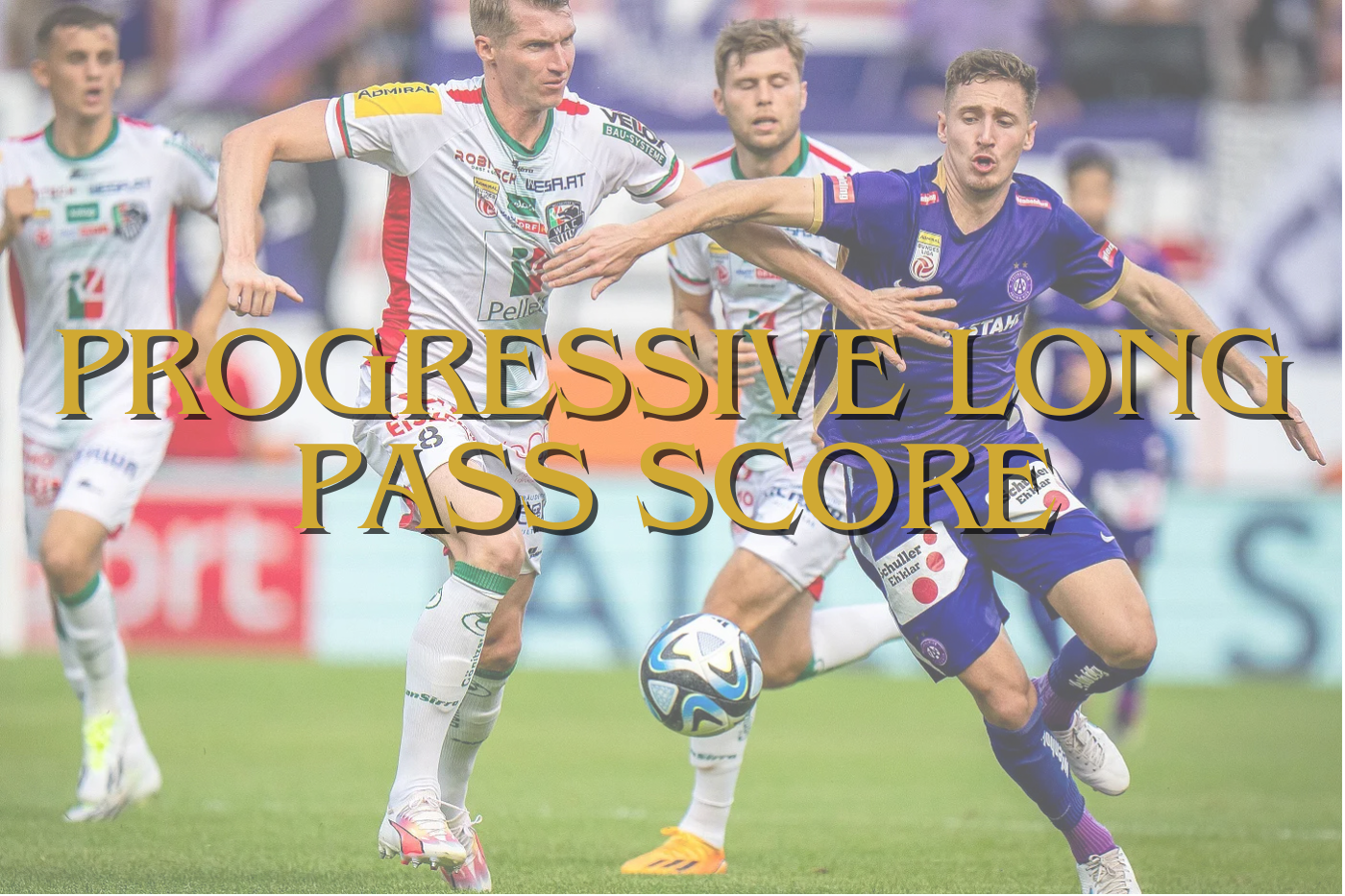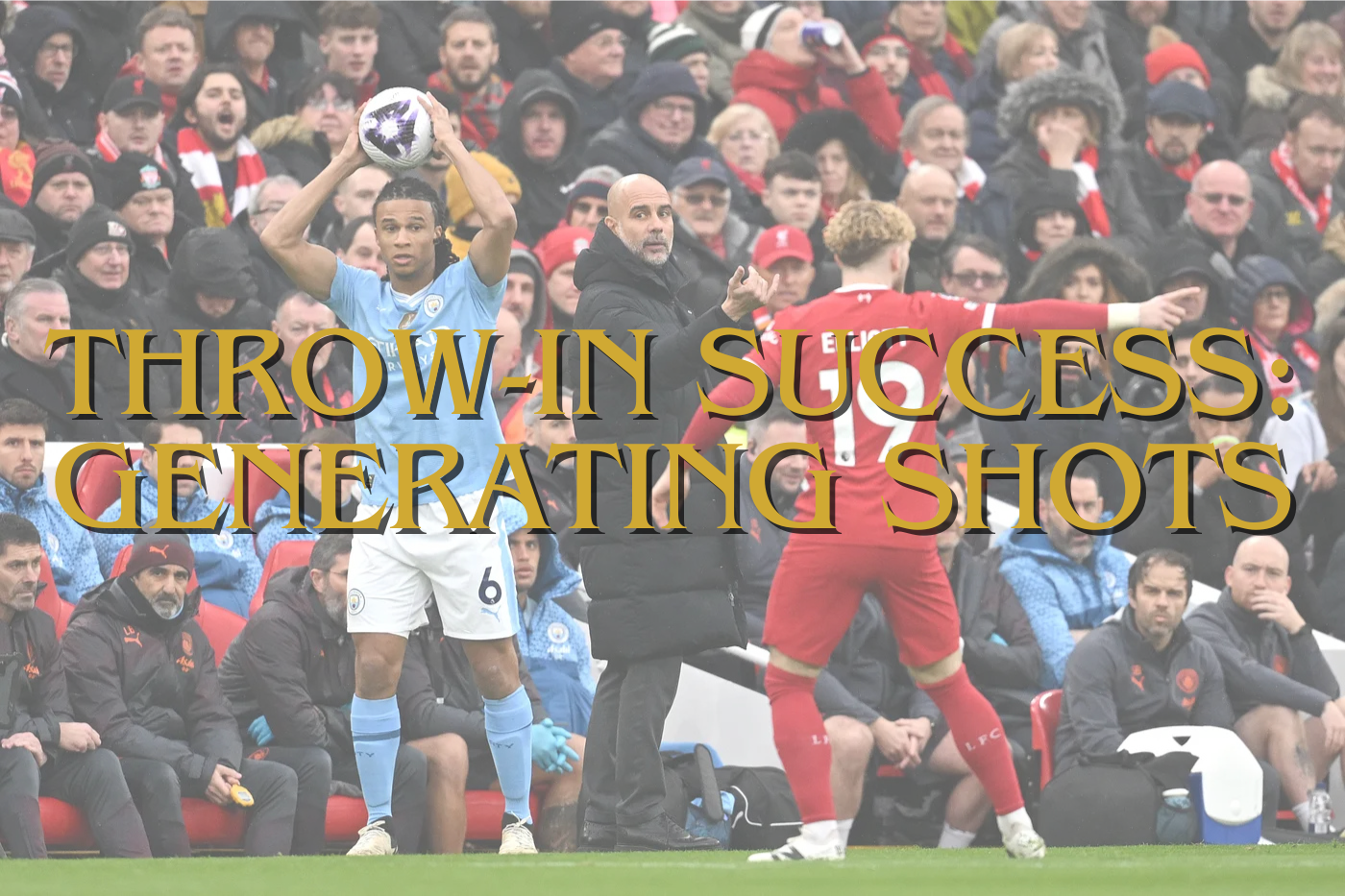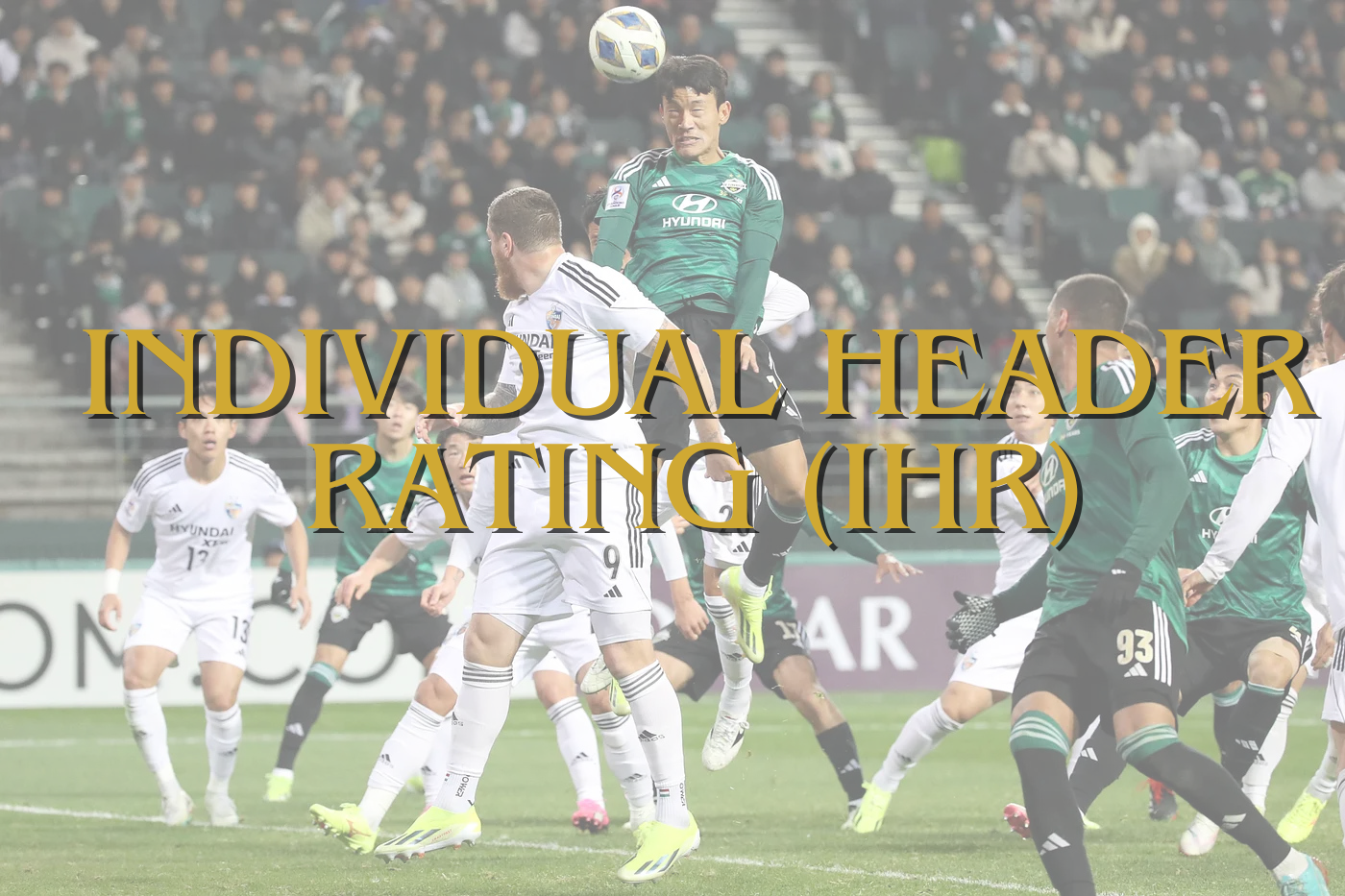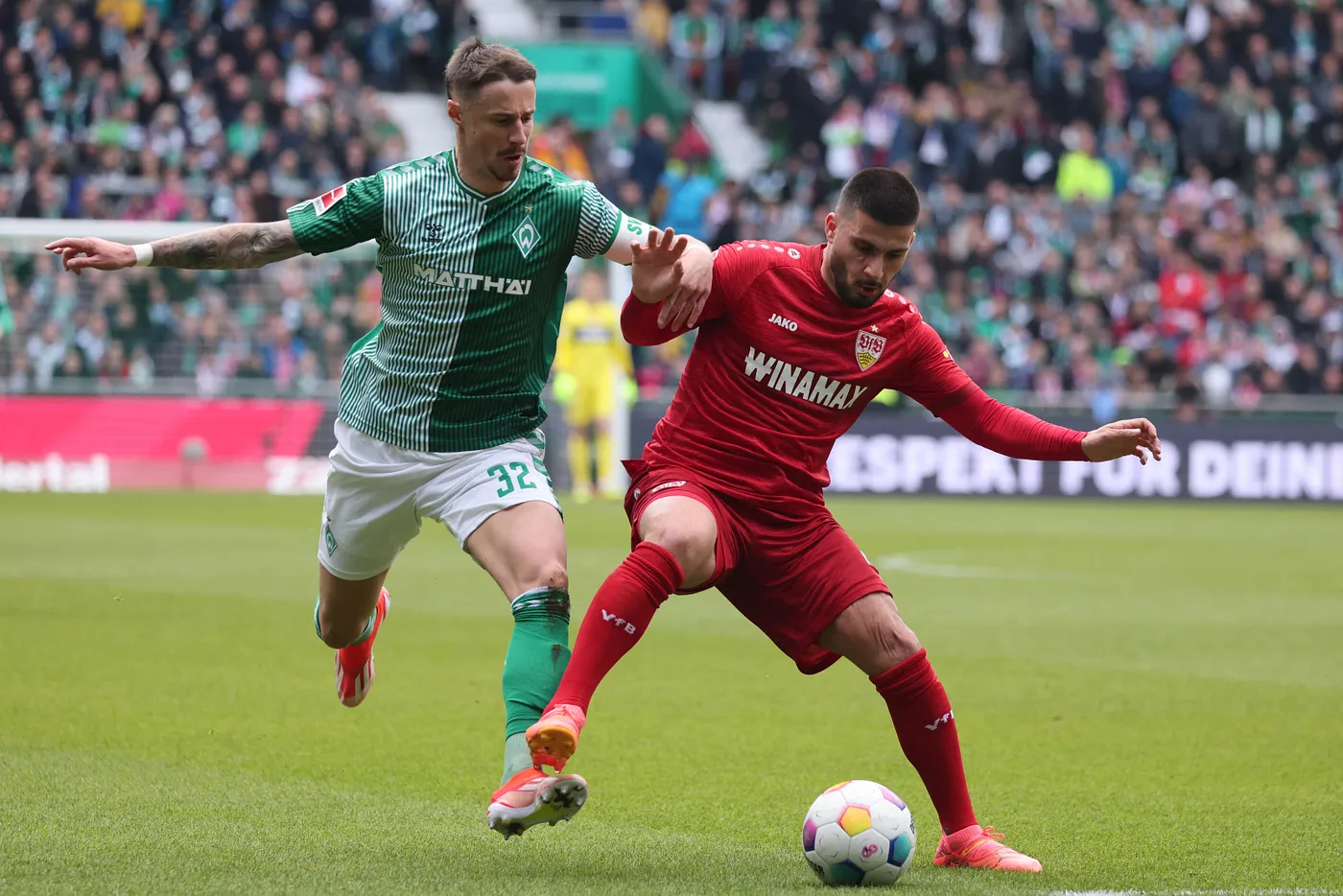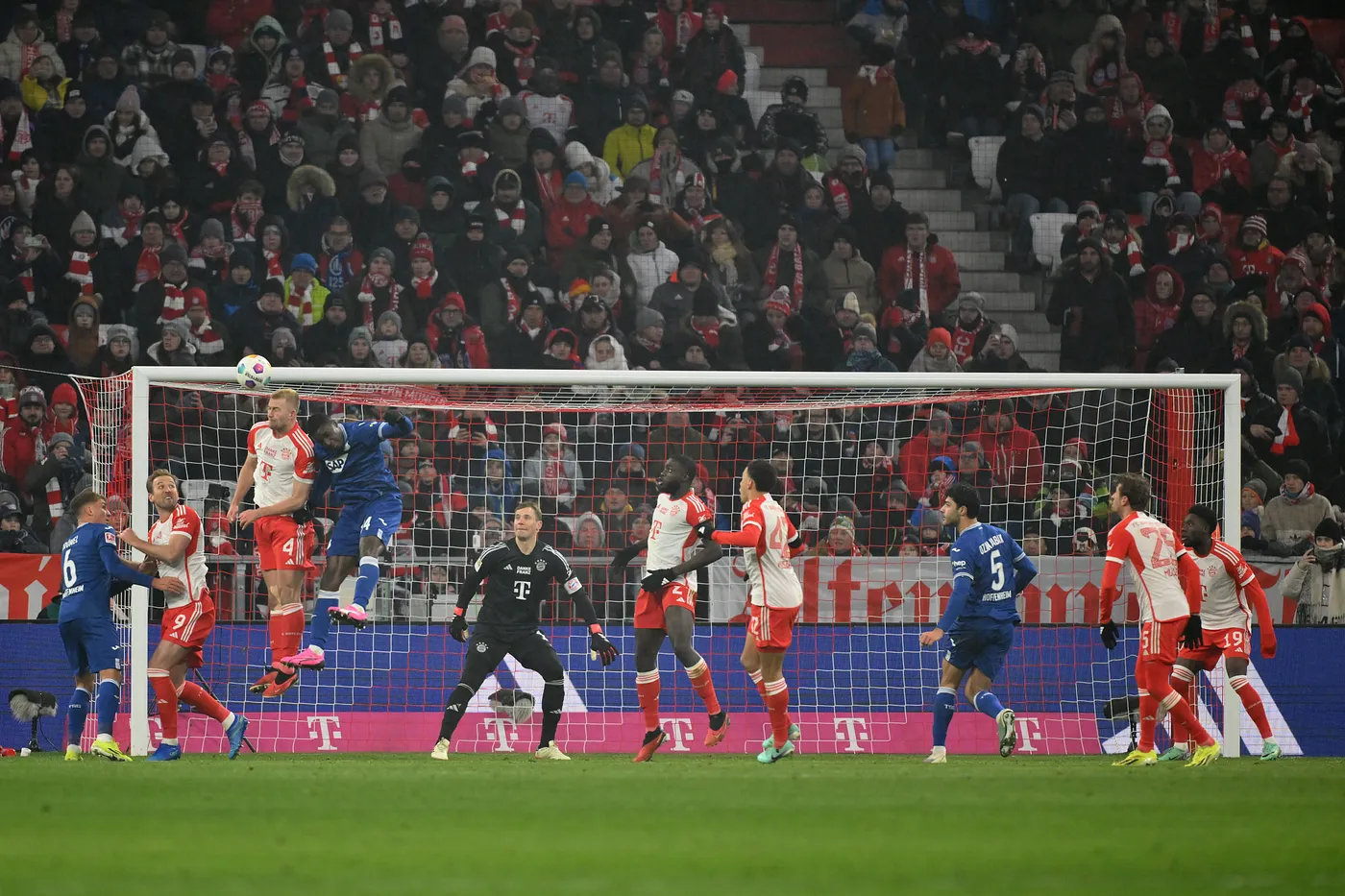VVV-Venlo is a relatively small club in the Dutch professional game. Just a little bit too big for the Keuken Kampioen Divisie, but on the other hand also too small to be competing in the Eredivisie for decades. After the relegation in 2013 the club wanted to bounce back immediately, but this was very hard and financial difficulties made sure the club had to face hard truths: reform was needed.
Wages were cut and the core of the first team would be smaller: from 24 contracted players to 16/17 contracted players + youth players. A new manager was hired in Maurice Steijn and we did really well under him; we got promoted to the Eredivisie.
After very successful years with Maurice Steijn, he decided to move to Al Wahda FC together with assistant Jay Driessen. This meant that we needed to look for a new head coach and assistant. Technical director Stan Valckx needed to make a decision in recruitment: are we going to progress with the same football philosophy of defensive football or are we ready to play more offensive minded football in light of consolidation of our position in the Eredivisie? The latter was chosen and Robert Maaskant was selected together with his assistant Raymond Libregts.
League performance
Let’s take a brief look at the statistics of the season. VVV-Venlo ended the campaign after 26 matches out of 34 due to the COVID-19 crisis, on the 13th place which is a very good achievement considering multiple factors. Before Christmas we were likely to go down with our kind of play and the lack of points and we had a different headcoach then.
As you can see we finished with 28 points just before FC Twente (27p), PEC Zwolle and Fortuna Sittard (both 26p). In a normal season place 16 would mean playing a promotion/relegation play-off and finishing 17th or 18th would mean relegation. This season was different and there was no promotion or relegation, but to finish 13th was a remarkable achievement for a club with one of the lowest budgets of the league. With a budget of 8 million euros, VVV-Venlo has the 16th budget of the league. Eredivisie giants Ajax have a budget of 110 million euros in the 2019/2020 season.
VVV averaged 1,08 point per match in the season with 0,92 goals scored per match and 1,96 goals conceded per match.
It was a very difficult season as we always looked to be around the relegation zone and the primary task was the avoid direct relegation and focus on the promotion/relegation play-off. It wasn’t until Maaskant was let go, that we started collecting more points.
As you can see in the image above the ranking of VVV-Venlo on the Eredivisie table was not very hopeful after the first few games. In fact it was only due to the last 6 games that the team were able to climb up the ladder and did only lose 1 game in 2020 – which made them climb to 13th in the table. In the end no one was relegated, but even if there was a relegation at the end of the 2019/2020 season – we would have been safe.
I always think it’s fascinating to look at the expected ranking and expected points, as it shows us what can be expected if we look at the data. VVV-Venlo has been overachieving a lot in both the xG and xCG department over the last few season, and this season is no different season. In the image below you can see the expected ranking according to Tussen de Linies.
If you look at the place we have ended in the rankings, you can see that we have finished on a very safe 13th place, just above FC Twente and PEC Zwolle – which is a very good result. If you look at the expected place we should have ended when we focus on expected points, then we should have ended on the 15th place. This means we are overachieving our expected data and in the end we could have a tricky end to the season if COVID-19 hadn’t surfaced. A 15th place had still meant that we were automatically safe.
Style of play
Under Maurice Steijn we had a very distinctive style of play. We played 4-2-3-1 in games we needed to defend with the attacking midfield trailing back to support the defend, making the wingers a kind of wing-backs. When we needed to get points we would play with an attacking 4-1-4-1 focussing on the central midfield rather than the double pivot. VVV-Venlo needed to survive in 2019/2020 and in the Eredivisie the 4-2-3-1 formation is used quite a lot and for VVV-Venlo this was the most used formation. After that it was the 4-1-4-1 formation. Same idea if we talk about formation, but the emphasis is different.
43% of the time the 4-1-4-1 formation was used and 23% of the time the 4-2-3-1 formation was used by the club. A rather attacking approach was also used in the 4-3-3 formation with 16% – which we will go into in the next section of this analysis. Although the same formations were used, the emphasis of the formations was different. This could be seen in the defensive style of play and attacking style of play that were used in the last season.
Robert Maaskant
Robert Maaskant came to VVV-Venlo and they weren’t many supporters that were happy with the choice appointing him. He had been relegated with several teams previously and he has no distinctive style of play, which was definitely illustrated in the early months of the 2019/2020 season. We started okay, but then we started losing a lot of games and it was the manner how we lost those games what was painful to watch.
Maaskant tried to implement an attacking 4-2-3-1 which transformed into a 4-3-3 – even in defensive phase of the play. He wanted to attack more and stand higher up the pitch, but what is very important to think about is that your rest defence should be organised properly when playing that high. When you are caught on the counter-attack, you are vulnerable and you should prepare yourself for that.

Maaskant wanted to press with his attacking midfield trio, with each pressing one player. His striker should press the ball-playing central defender. The double pivot played higher than under Steijn, and his 8 would function as more of a central midfielder – which evidently made it a 4-1-4-1. The pressing system in this case is designed to force the central defender to play the long ball and with the aerial power of VVV-Venlo, they could regain control of the ball.

The intention of pressing was good in this system, but you have to organise in order to successfully do this. And that didn’t happen in a lot of the games under Maaskant. When you give the opponent the freedom to play the ball and pass it out, you are very vulnerable, as you can see in the image above. The ball could easily be played to the 8 and the 7 who could utilise the space left by the full-backs standing high. It just took 2 to 3 passes for the wingers to be very dangerous in the VVV-Venlo defensive third.
VVV-Venlo lost the away game at Heracles Almelo with 6-1 and this will give us a case study of what Maaskant wanted to achieve. He played an attacking 4-1-4-1 against a 4-4-2 and wanted to press high with the midfield. When on the ball they attacked with a lot of players, but the counter-attack was deadly and the rest defence was not organised at all.

You can see that VVV-Venlo has 7 players in the box at the moment that they lose the ball and Heracles Almelo transitions to attack with a quick counter-attack. Against teams that are technical and attacking quickly, this set-up proved very vulnerable. This can be seen in the image below.

There’s no structure to be seen in that rest defence, as the center of the pitch is not defended and Heracles Almelo could just attack without a threat from the defence. VVV-Venlo tried to attack more under Maaskant and to play attractive football, but in the end we ended up conceded a lot more goals than before, losing games with 2+ goal difference.
Jay Driessen/Hans de Koning
Jay Driessen came in to get things straight before Hans de Koning took over and Driessen became assistant again. They had a different game plan. Instead of going full attack, they resorted to a defensive, compact system with count-attacking football. They defended differently and made it compact, so that it would be more difficult for teams to penetrate the defensive ranks.
When the ball is lost in the attacking third, they start pressing with everyone from the midfield and attack. This is done differently than before with Maaskant, he used a man-orientated marking. De Koning uses space oriented zonal marking.

The midfielders move to the space where the ball is and try to press the man with the ball. With the attacking players staying at their position, the left wing is not occupied and is free for movement. This can be utilised by teams who play a high pace attacking football and can escape the press. Not many teams in the Eredivisie can do that, so that is a good tactic if you are playing direct rivals.
In the game against FC Twente you could see how the zonal marking played out in reality. In the images below you see how FC Twente tries to progress to the left wing and how VVV reacted to it.



The difference with Maaskant’s defending is that VVV-Venlo moves as a block to the space where the ball is, even in transition from attack to defence. This means that they numbers behind the ball eventually and this has been strengthened by the well-organised rest-defence because their build-up is done with 4 players.
The difference is the compact defending and the zonal marking. This meant that VVV-Venlo didn’t score more, but also meant that they conceded as much. With this style of play they collected a lot of unexpected points and clinched the 13th place in the Eredivisie ranking. A significant improvement.
2019/2020 Squad
Transferwindow
Player out Club
| Axel Borgman | Energie Cottbus |
| Jay-Roy Grot* | Leeds United -> Vitesse |
| Patrick Joosten* | FC Utrecht |
| Sotirios Kokkinis** | SV Straelen |
| Evren Korkmaz | Adanaspor |
| Josimar Lima | ASWH |
| Peniel Mlapa | Al-ittihad Kalba |
| Jerold Promes | – |
| Moreno Rutten | FC Crotone |
| Ralf Seuntjens | De Graafschap |
| Sem Steijn | Al Wahda |
| Tino-Sven Susic | TSV Hartberg |
| Lars Unnerstall* | PSV |
| Damian van Bruggen*** | Inter Zapresic |
| Elia Soriano*** | Hapoel Ra’annana |
| Samuel Scheimann*** | Hapoel Ironi Kiryat Shmona |
Player in Club
| Lee Cattermole | Sunderland |
| Thorsten Kirschbaum | Bayer Leverkusen |
| Richard Neudecker | St. Pauli |
| Tobias Pachonik | Carpi FC |
| Steffen Schäfer | FC Magdeburg |
| Samuel Scheimann | Beitar Jerusalem |
| Jerome Sinclair* | Watford FC |
| Haji Wright | Schalke ’04 |
| Elia Soriano | Korona Kielce |
| John Yeboah* | VFL Wolfsburg |
| Thomas Bruns* ** | Vitesse |
| Oussama Darfalou* ** | Vitesse |
| Roy Gelmi* ** | FC Thun |
Every year VVV-Venlo has many players going out and many coming in, but their policy is to have few players on loan and more players on contract. If players with contract play well, they can sell them and add more funds into the club to grow. This is why Pachonik and Neudecker had long contract, as they are players who represent transfervalue.

In the image above you can see an age plot of VVV-Venlo in 2019/2020. It tells us how many players are in their peak, before or beyond that age. It also shows us how man minutes they get. All players above 1500 minutes are 25 years or older, with 3 players in their peake age and 4 players beyond that. VVV-Venlo has a lot of U25 players in their squad, but only Linthorst has come from the academy and has played over 1000 minutes.
It does give something of a concern that so many players are beyond peak age in the squad. How will they perform? Are they representing any value?
Data
Attacking

If we look at the attacking numbers from the 2019/2020 season we can see a few interesting numbers. We had an average of 9.12 shots (32,9% on target) with an xG of 1 per 90 minutes. Each game averaged 22,27 positional attacks and we won 37,6% of the 68,77 offensive duels per 90 minutes.
Defending

Defensive wise the following data is important to look at. We had 1,96 goals conceded per 90 in 26 games, with 15 shots against per game. We won 61 of our 73,85 defensive duels per 90 and we won 49,2% of our 38,8 aerial duels per 90. We got 44,19 interceptions per 90 and 22,38 clearances per 90. The opponent had an xG of 1,161 and scored 1,96 per 90 minutes, which indicated that some of the chances should not have gone in, but still did.
Passing

VVV-Venlo had a very defensive style of play and that was reflective in their passing. They had 322,96 passes per 90 (79,2% accuracy) with 123,62 of the passes going forward. If we look closer to the passes to the final third (49,85 per 90) and progressive passes (72), we can see that they are only a minor amount of the total and that this can definitely improve if you want to play more attacking football. But the questions is, is that what you want?
Final thoughts
It was a very weird season. We had a very decent squad and we could have contended for the 10th place on the rank with the quality we had. However, the game plan with a different coach and the wrong players for it, saw to it that we had to fight against relegation and were lucky to finish on the 13th place. A few quality players couldn’t convince their worth and that has been vital in the first half of the season. In the end we were safe and another Eredivisie season is on the books.



